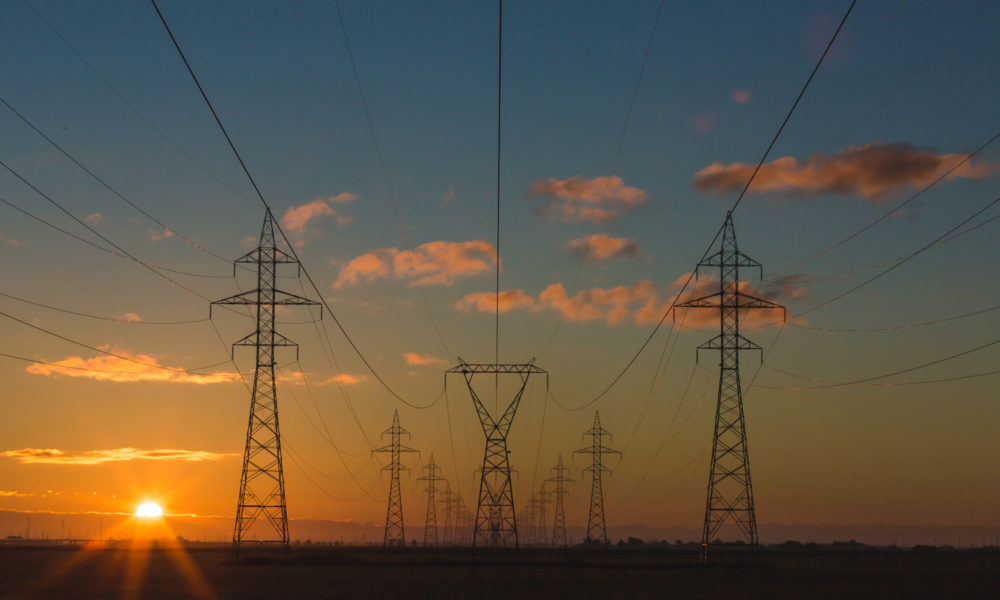At its meeting scheduled for April 15th, the Michigan Public Service Commission (MPSC) is expected to issue a decision whether to approve or reject DTE’s revised long-term energy plan.
As Michigan continues to fight the COVID-19 outbreak, energy regulators are also continuing their important responsibilities of ensuring vital systems—like the current and future electricity grid—are as reliable, affordable, and clean as possible. This type of long-term planning must occur in parallel to the critical short-term need of protecting customers who may be suffering financially from being shut off from utility services.
One example is the MPSC’s consideration of DTE’s 2020-2035 integrated resource plan (for a quick primer on what these “integrated resource plans” are and why they matter see my blogpost from last year). Originally submitted by DTE in March 2019, the MPSC had plenty of reasons to reject the plan, many of which myself and colleagues have discussed in previous blogs. Instead of rejecting it, in February the MPSC chose to put the ball back in DTE’s court by using its authority under Michigan law to recommend several modifications to the company’s plan. DTE responded by filing revisions last month accepting the MPSC’s changes.
Assuming the MPSC approves the revised plan, what can we take away from this year-long process and what comes next for DTE’s long-term energy planning?
New gas is out; more efficiency and more solar is in
DTE’s original plan had four potential pathways for its longer-term energy planning, two of which contemplated construction of another new gas-fired power plant in addition to the massive gas-fired “Blue Water Energy Center” it is already building. At the MPSC’s urging, DTE’s revised plan selects a single pathway—one that leaves out more new gas in favor of cleaner, less financially risky alternatives like energy efficiency, demand response, and solar power. The good news is that the revised plan puts DTE on a better path toward achieving its carbon pollution reduction goals and helps ensure that its remaining coal-fired power plants are replaced with resources that save ratepayers money and don’t emit dangerous heat-trapping emissions.
Yet, for now, progress remains incremental and iterative
One downside of how the MPSC handled DTE’s energy plan is that several issues are left unresolved and fragmented into a patchwork of future proceedings. While the changes DTE made in its revised plan are steps in the right direction, here’s a sampling of the smorgasbord of upcoming filings and dockets the revised plan defers to:
- DTE has already submitted a revised Renewable Energy Plan to the MPSC where projects and contracts will be considered to fulfill wind and solar amounts identified in the integrated resource plan.
- DTE will submit a revised Energy Waste Reduction Plan by June 1st where the programs for higher levels of energy efficiency and their associated costs will be considered.
- DTE will revise demand response-related tariff language and submit that as part of its next rate case filing this summer.
- DTE will file an application for review of its compliance with federal law—the Public Utility Regulatory Policies Act or PURPA—requiring the utility to incorporate projects from clean energy developers in November.
- DTE will submit a new long-term energy plan in 2023 that will include an analysis of earlier retirement dates for the Belle River coal plant (currently scheduled for 2029 and 2030).
Incremental progress is better than no progress—yet deferring and splitting off items from the long-term planning process into multiple venues makes it challenging for stakeholders, advocates, and the general public to track and engage in the issues. Meanwhile, utilities like DTE have the resources and technical staff to fully pursue the companies’ interests and preferences in these various complicated dockets.
Integrated resource plans are meant to be comprehensive evaluations of options; they are therefore complex and require stakeholder groups to invest resources in legal assistance and modeling expertise that the utilities have in-house. Regulatory bodies such as the MPSC should continue to be mindful of these procedural inequalities and not unnecessarily defer decisions from comprehensive processes like integrated resource planning.
Michigan’s IRP process is a work in progress
Like many complicated processes, integrated resource planning can improve each time utilities go through it and stakeholders and regulators review them. For example, Consumers Energy’s plan resulted in a 2019 negotiated settlement approved by the MPSC that contains several changes the company will make in its next round of planning. In addition, in its revised plan DTE agreed to the MPSC’s request that the company hold a technical conference to consider better modeling software for integrated resource planning.
While each round of planning can be better than the last one, improvements to the planning process and requirements can also be explored as part of the upcoming MPSC’s MI Power Grid Initiative working group that will focus on integrated resource planning in Michigan.
Ultimately, Michiganders need and deserve a cleaner, more affordable energy system. Robust long-term planning is key to achieving that goal, even as the top priority must be focusing on the current crisis and the need for leadership from the MPSC to ensure customers are not shut off from critical services like electricity, natural gas, and water. As we move forward and emerge from the COVID-19 pandemic, planning for an electricity system that is more resilient, less dependent on fossil fuels, and more affordable will help make us all stronger in the long run.

